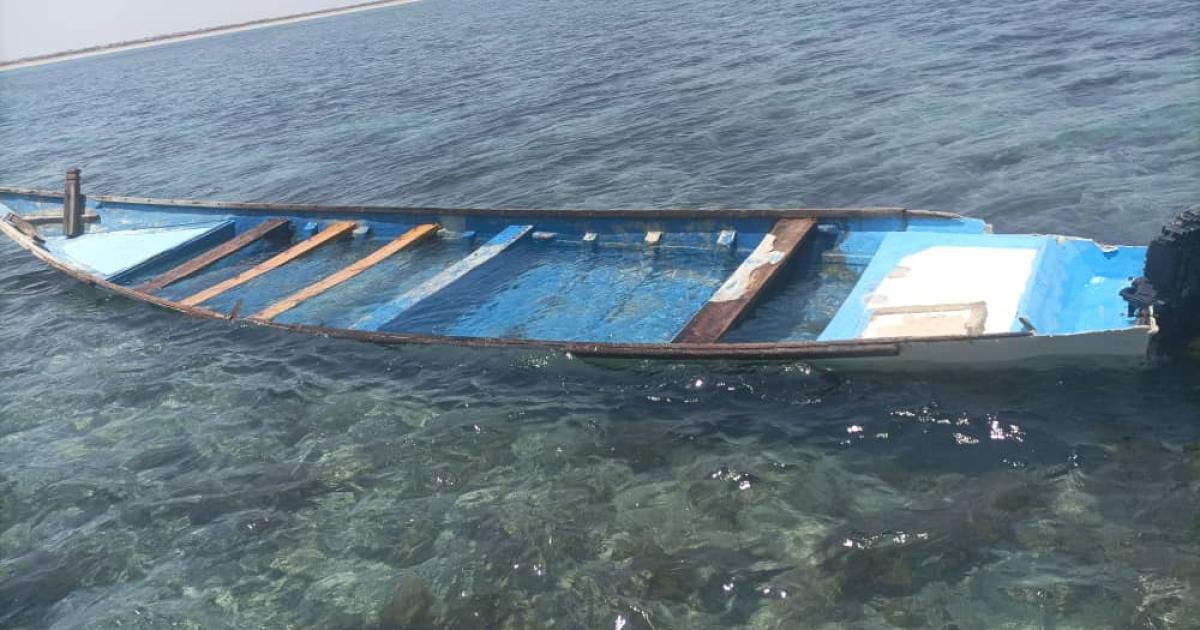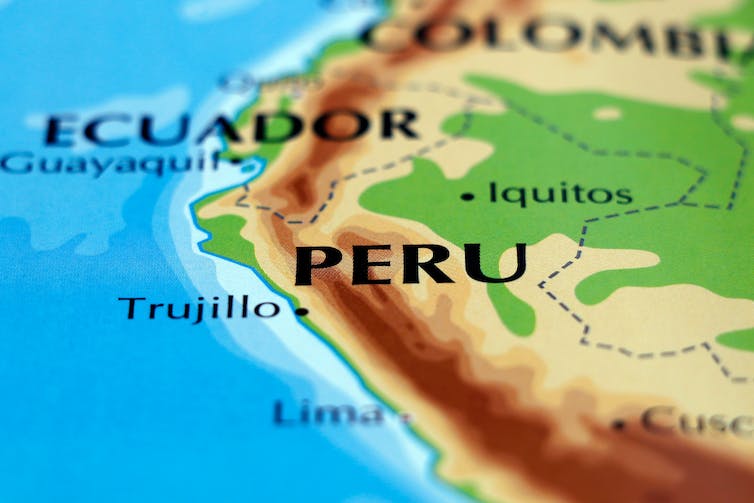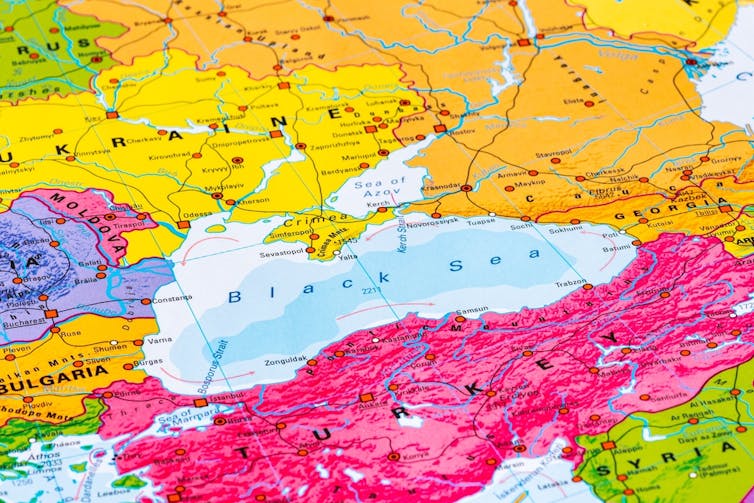Djibouti – Thirty-eight migrants, including children are dead after the boat they were travelling in capsized off the coast of Djibouti. Five migrants are still missing. The tragic incident happened at approximately 4am on Monday, April 8, 200 meters from shore in Godoria, near the Djiboutian coastal town of Obock, in northeastern Djibouti.
“This is among the deadliest shipwrecks recorded in Djibouti. This migration corridor is among the busiest and most dangerous in Africa, yet it receives very limited attention and funding, while the numbers keep increasing. More support is needed to prevent the loss of life and support countries like Djibouti” says Tanja Pacifico, Chief of Mission, IOM Djibouti.
The boat carrying 66 migrants, mainly from Ethiopia, left Yemen for Djibouti around 2am. According to the 23 migrants who survived the tragedy, the vessel was heavily overloaded before water began flooding in causing it to overturn. The International Organization for Migration (IOM) staff in Djibouti arrived at the scene to support the search and rescue operations by providing food, water, first aid, and psychological support to the survivors, as well referrals to the hospital in Obock. They also assisted with managing the dead bodies until their burial. This work was carried out in collaboration with the Djiboutian Coast Guard, the National Gendarmerie, the Navy, and local authorities, including the Prefect. IOM is supporting survivors with medical and psychosocial support, food and safe shelter at the Migration Response Shelter in Obock, in conjunction with local authorities. The Organization is also assisting survivors with Voluntary Returns and Reintegration programme.
It is believed the migrants were trying to return from Yemen to Djibouti after failing to reach the Kingdom of Saudi Arabia. Every year tens of thousands of migrants from the Horn of Africa, in particular Ethiopia and Somalia, leave the continent, via Djibouti, in the hope of reaching the Saudi and the Gulf nations to find work. However, many are unsuccessful, and thousands are stranded in Yemen where they experience extremely harsh conditions.
Over 2,505 migrants have left Yemen to try and reach Djibouti since the beginning of this year. More than double the figure over the same period last year. This is due to the immense challenges and difficulties to reach the Gulf, including regular checks by the authorities on the Yemeni coast.
And despite the life-threatening risks associated with trying to reach the Gulf, at least 1350 have lost their lives, and many more go unreported, migrants from the Horn of Africa continue to try and make the journey. In 2023, around 380,000 movements were tracked along the Eastern Corridor from the Horn of Africa to countries in the Arab Peninsula, according to IOM’s Displacement Tracking Matrix. Of these movements along the Eastern Corridor, over 96,000 arrived in Yemen, in transit towards countries further along the Arab Peninsula.
IOM Djibouti is working with and supporting Djiboutian authorities to prevent the increasing deaths along this route, both at sea and on land. More broadly, IOM co-ordinates the Regional Migrant Response Plan for the Horn of Africa, Yemen and Southern Africa (MRP) with 48 other humanitarian and development organizations and governments, to respond to the urgent humanitarian needs of migrants along the Eastern Route. In February an appeal for $112M USD was made by MRP partners, but it remains severely underfunded.
For more information, please contact:
In Djibouti: Laëtitia Romain, [email protected]
In Nairobi: Yvonne Ndege, [email protected]




